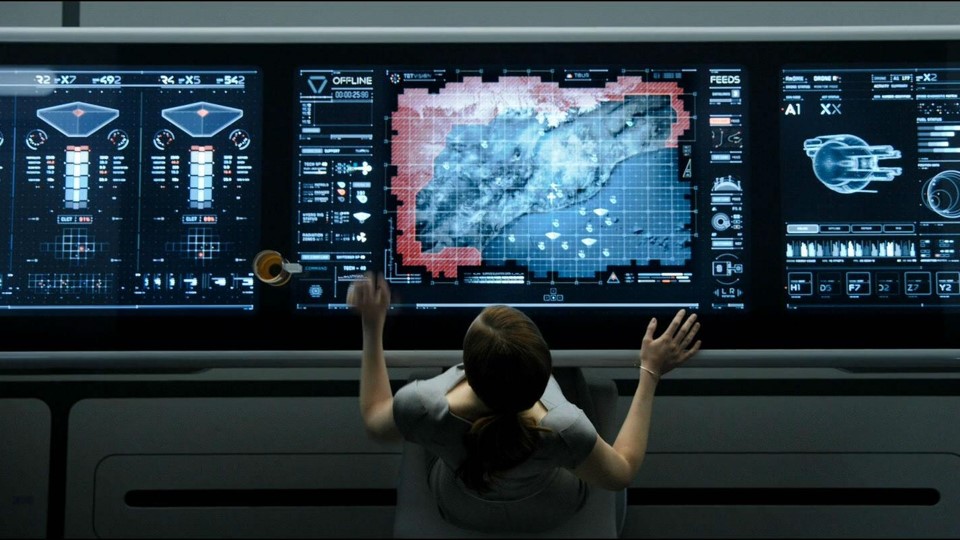The challenge is this: as standards have developed, standards organizations have diverged and even those using the standards have adapted their standards of choice to meet their own needs. The result is, of course, non-standard standards, as users take the basic standard and tweak it to suit themselves.
Therefore, when people say there are no standards and ports should have a single standard, it should be taken into account that there are standards in ports and are being used, but the problem is that users are not using them as advised, but adapting them. Thus, the whole trade sector needs to work together to create more harmonization. And, in any case, standards should be open and free.
In such context, the IPCSA argument that standards don’t just happen and organizations must support them. The whole community need to recognise that there are standards bodies and bodies that are developing standards and working on the harmonization. But it should be clear that this is not someone else’s job. All stakeholders must get involved.
«We need to mean what we say: and we need to all know what exactly that is.»
The main inputs and the current situation are as follows:
- There are three main generators of standardised data models: UN/CEFACT (linking into World Customs Organization – WCO), ISO and others like IALA, GS1 and PROTECT.
- Some standards organizations charge for the use of their standards, others charge a maintenance fee, others make their standards free.
- The IMO set in motion some very specific work in collaboration with the WCO, UN/CEFACT and the ISO, in developing its own data reference model, or compendium, to define all the elements of the electronic FAL forms across WCO, UN/CEFACT and ISO.
- The Compendium will be used as the basis for automated and digital systems for exchange of information when ships arrive at and depart from ports.
- By harmonizing the data elements required during a port call and by standardizing electronic messages, the IMO Compendium facilitates the exchange of information ship to shore and the interoperability of single windows.
- As well as working to harmonise the IMO data reference model across WCO, UN/CEFACT and ISO, it is needed to include suitable new data standards, for example, relating to dangerous goods or stowaways, that can be agreed at international level.
- There are standards but they are not harmonised. If they were harmonised, it would be easier for organizations across the world to implement them.
- If there isn’t harmonisation, the costs of mapping from one standard to another could be as high as if you were implementing a whole new message in the first place.
- Logistics organizations and others that say there are no international standards need to recognise that there are standards bodies and there are bodies developing standards and working on harmonization.
- An excellent example is the work that the Digital Container Shipping Association (DCSA) is doing on standardised carrier information ,work that includes mapping this to UN/CEFACT.




Deja una respuesta